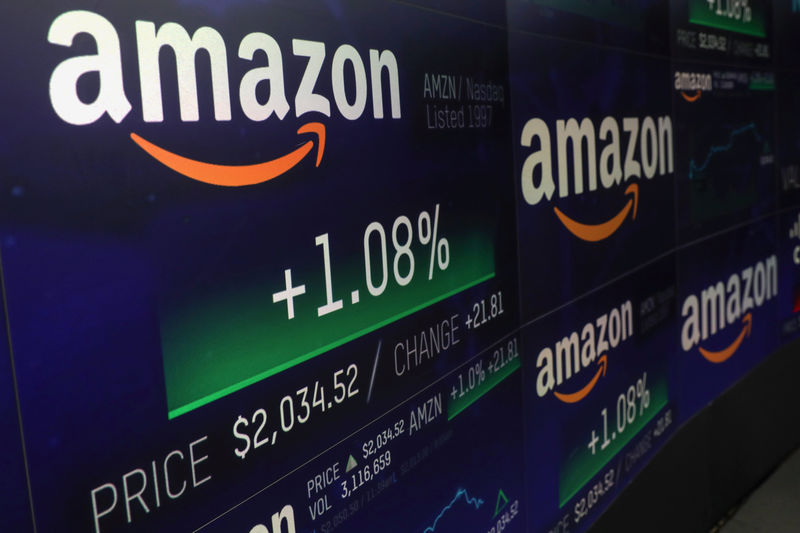This post was originally published on this site
https://i-invdn-com.investing.com/trkd-images/LYNXMPEI7T0YI_L.jpg
SAO PAULO (Reuters) – Brazilian aluminum producer Companhia Brasileira de Aluminio and green economy project developer Reservas Votorantim are issuing Latin America’s first carbon credits from the Cerrado biome, they said jointly on Tuesday.
Reservas Votorantim has certified an area covering 11,500 hectares (28,417 acres) in the state of Goias, where it can potentially generate some 50,000 carbon credits per year, according to their joint statement.
Issuing carbon credits generated on preserved areas of the Cerrado, Brazil’s second largest ecosystem after the Amazon (NASDAQ:AMZN), is unprecedented, the companies said.
Some 316,000 credits have been issued and will be sold at auction. Bids can be submitted between now and the end of September.
The sale of this first batch of credits could generate around $5 million, the companies said.
“The initiative is a milestone in the carbon credit market in Brazil as well as globally, once it unlocks value from forest assets in a new and deeply threatened biome as the Cerrado,” they said.
The Cerrado savannah, where Brazilian farmers grow soybeans and corn for export markets and local consumption, is being destroyed faster than the neighboring Amazon rainforest, according to the Worldwide Fund for Nature.
Strengthening voluntary carbon markets is paramount, as it compensates farmers who preserve trees where they can legally cut them.
ERA, one of the companies running Cerrado carbon credit auctions, is trying to persuade growers on more than 30,000 hectares in Maranhao state to enter the market as a way to diversify their revenue, though planting commercial crops remains attractive with high grain prices.
“The high return of soybeans competes directly,” ERA Chief Executive Hannah Simmons said in an interview.
Under Brazil’s 2012 forestry code, farmers have to conserve 35% of the area on their properties in the Cerrado, and 80% if the farm is on the Amazon biome.

